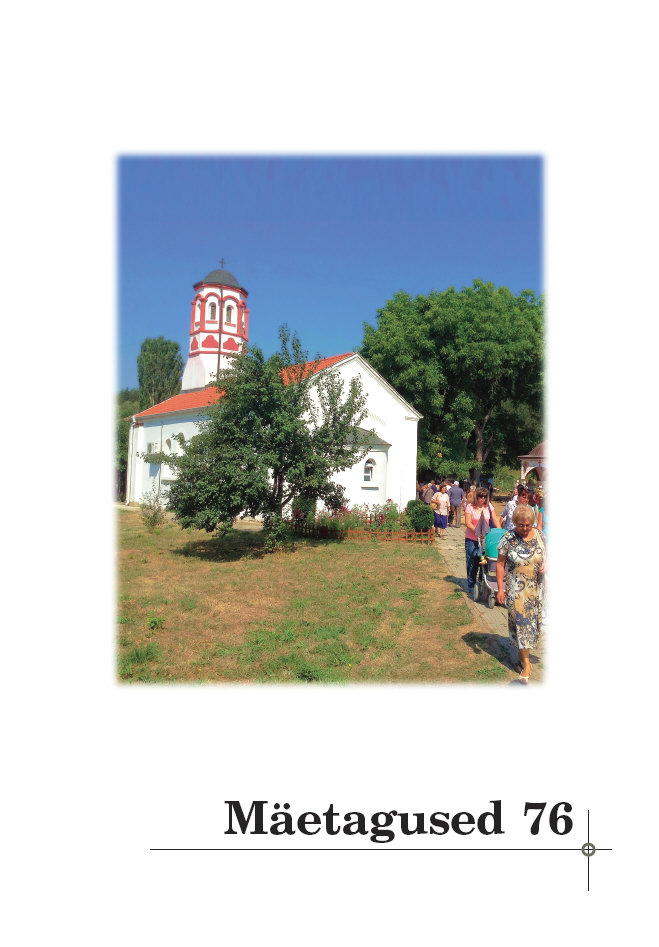“Kui ongi tõsi, siis ise süüdi!” Seksuaalvägivallaga seonduvad stereotüübid ühe Eesti laste ja noorte veebifoorumi teemaalgatustes ja vastustes
“If it is true, then it is your own fault”: Recurring stereotypes about sexual violence in an Estonian children’s online forum
Author(s): Simone Eelmaa, Maria Murumaa-MengelSubject(s): Cultural Anthropology / Ethnology, Culture and social structure
Published by: Eesti Kirjandusmuuseum
Keywords: child sexual abuse; rape myths; sexual violence; stereotypes; victim-blaming
Summary/Abstract: This article provides an overview of how children and young people who are victims of sexual violence seek help and support from online forums, and the reactions and responses following such posts. Also, we look at how rape myths and stereotypes affect both the victims’ and respondents’ attitudes towards sexual violence, victim-blaming, and help-seeking. The analysis is based on 28 original forum posts about personally experienced sexual violence and 361 reactions to these original posts. At the time of the abuse the victims were between the ages of 5 and 17. By combining discursive psychological methodology with qualitative thematic analysis, we were able to distinguish six dominant interpretative repertoires, three dominant repertoires from the victims’ posts (trying to start a dialogue, self-blaming, and uncertainty on recognizing intimate partner rape) and three from respondents’ reactions (victim-blaming, justifying the perpetrator, and the stereotype of the “ideal victim”). For children and young people in our sample, the observed internet forum was mainly a starting point to gain courage and guidance for seeking help offline (e.g., telling one’s mother or reporting abuse to the police). Victims often attributed behavioural self-blame (Janoff-Bulman 1979) to themselves. Intimate partner rape by a peer was often categorized as a betrayal of trust or crossing the boundaries but seldom as a crime. Underaged victims of intimate partner rape showed more characterological blame than other victims. The most common reaction to victims’ posts was victim-blaming, mainly behavioural blaming associated with clothing, alcohol consumption, and (not) resisting the abuse/violence. Victims below the age of ten and victims of intrafamilial sexual abuse were not blamed. The ideology of the “ideal victim” played a pivotal part in the respondents’ reactions and in the observable outcome for the victim. “Ideal victims” were approached with empathy, support, and adequate guidance, in contrast to the victims who diverged from the “ideal victim” stereotype and were blamed, shamed, insulted, and rarely guided to further action. The only victims who got the help they expected (e.g., were able to tell someone or report the crime) were the ones conforming with the “ideal victim” stereotype. When children disclose sexual abuse, the reactions of others are critical determinants of whether the child gets the needed help and support or is silenced. These reactions of others do not include only blaming and shaming but also redefining the experience and the victim status. Rape was often redefined to something less, sometimes even to the extent of the act being normalised as if it was just normal sexual interactions or maybe “sex gone wrong”. Sexual aggression was portrayed as a normal part of male masculinity, and female victims were portrayed as naive and stupid, but at the same time as flirtatious and deviant “gate-keepers” of male sexuality. Interestingly, perpetrator behaviour was justified with the same rhetorical tools as victims were blamed; for instance, intoxicated victims were attributed more blame, yet intoxicated perpetrators were justified or even exonerated of blame. In this study, we looked at language use as an important part of reproducing and perpetuating rape myths and negative stereotypes surrounding sexual violence. This study highlighted how strong rape myths and stereotypes are, and how these are reproduced and reinforced through small everyday interactions over and over again.
Journal: Mäetagused. Hüperajakiri
- Issue Year: 2020
- Issue No: 76
- Page Range: 29-62
- Page Count: 34
- Language: Estonian

